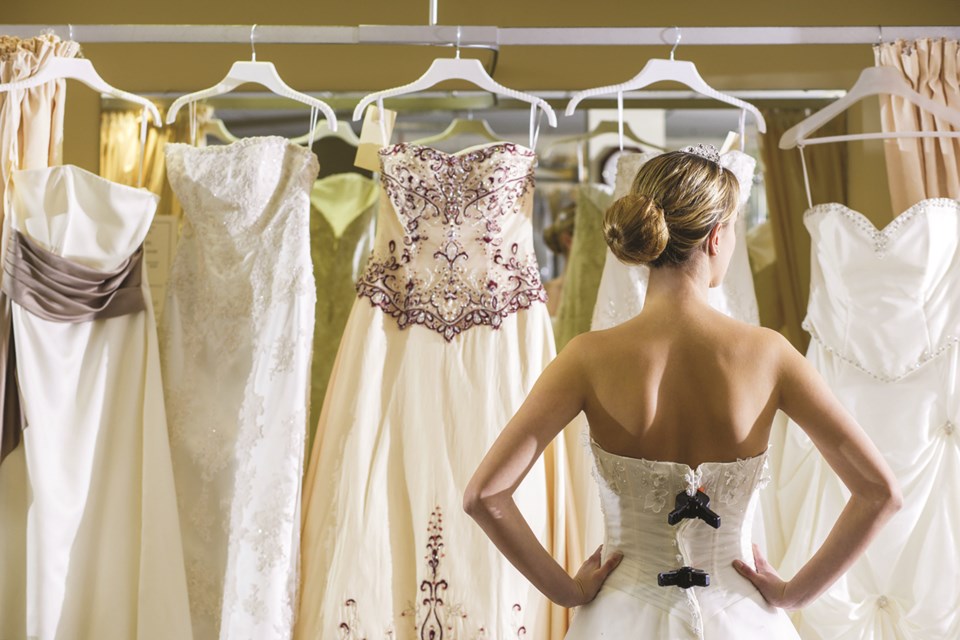Recently, I spent a full day with a group of six women and one bride shopping for bridesmaids' dresses. To cut to the chase, the day was not experienced equally by each of the bridesmaids – and I blame our current society for that.
Out of six women our dress sizes ranged from four to 18. Not one of us the same size or shape.
There are not many things I imagine being worse in a modern context for a female's sense of self-esteem than to try on dresses several sizes too small or too big in front of both their peers and a half dozen mirrors. Or to have a shopping attendant say “We don’t carry sample dresses in that size, but don’t worry we can add a back panel in so you can see how it will look.”
What may be a long-awaited trip for some may be a worst-case scenario for another, simply because our society doesn’t feel the need to accommodate all body types.
My greatest gripe with the entire experiences of bridesmaid dress shopping is the audacity of a business to sell dresses in a wide variety of sizes but not provide in-store sample sizes for the products they not only provide but charge hundreds of dollars for.
To me this says two things, we don’t care about the experiences of our shoppers who stray from “average” body types, and providing samples for all sizes is too inconvenient for an industry worth millions of dollars.
But this leads me to a greater point: how closely we often tie our sense self-worth to our physical appearance.
Moving further and further away from hunting and gathering societies toward a society filled with professional social media influencers, we are conditioned to put more stock in someone's physical appearance than one’s ability to provide or be compassionate.
But if this universally acceptable shallowness is embodied by an individual it can create toxic self-talk, low self-esteem or body dysmorphia – a growing disorder among youth globally.
What a waste of mental energy. What is a body anyways but a house and a transportation system for our brains’ grey matter and electrical pulses.
One relatively new philosophy that may work as an antidote to unhealthy connections between self-worth and physical appearance is ‘body neutrality.’
The beautiful madness behind body neutrality is that it sees the body as a tool that fulfills a myriad of function that we rely on every day. Of the most important tasks your body does for you, looking good to meet society’s standards ranks probably among the lowest, yet we may punish our own body when we feel it has fallen short.
Whether we hate it or love it, our body is our permanent companion.
Of course, we can alter it or adorn it, hide it or hurt it, but it is ours to keep and take care of and that in itself is both a privilege and responsibility.
I could resent my body for producing white hairs while I am still a 20-something-year-old, I could hide it with artificial colour, I could embrace it and post selfies with the hashtag #SilverQueen or I could just be thankful that my body is functioning and healthy.
I may not always wake up feeling great about how I look or the acne that continues to form under my skin, but I can appreciate that my body does what I ask of it day in and day out. Accepting my body as it is has freed up so much extra energy to expense on things that are far more beneficial.



